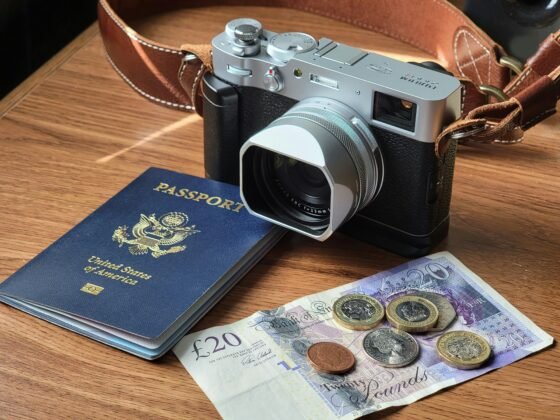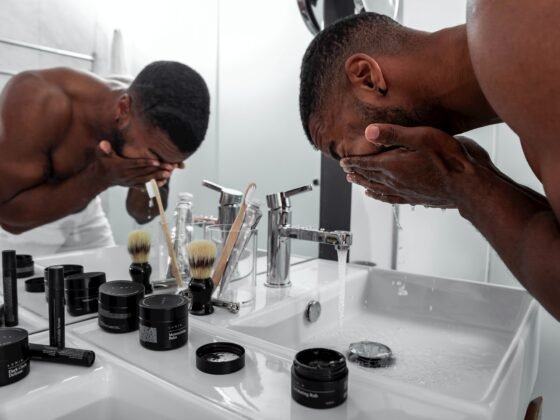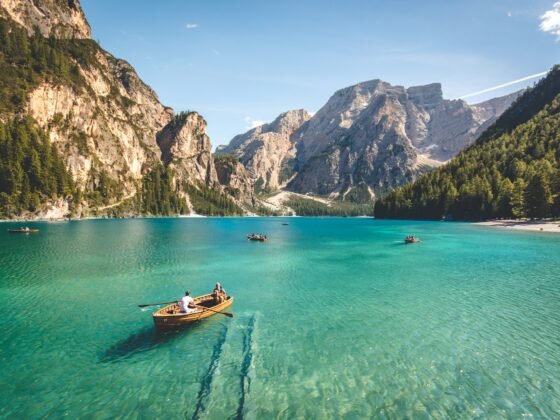Although you’re going to depend on all sorts of equipment when you’re out sailing in the open seas, ropes are among the most crucial bits you have out there. Whether sailing or docking, they’re essential for securing and mooring, thus making for a safe and successful journey.
While knowing how to adequately use and tie them is of utmost importance, it’s equally paramount to choose the right type and design. The market nowadays has a lot to offer, not only in terms of materials and brands, but also in terms of quality and convenient pricing. But few options can compare to the premium dyneema ropes known for their unparalleled performance and excellence.
Dyneema® has become synonymous with strength in the marine industry and has been revolutionising the market for decades. Basically, it’s a brand name for a type of UHMWPE (Ultra High Molecular Weight Polyethylene) fibre, or simply HMPE (High Modulus Polyethylene), designed by DSM in the Netherlands. The Dyneema-designed HMPE ropes you have available in the market now are those manufactured by Kingfisher.
What Is a Dyneema Rope Good for?
Due to the exceptional molecular structure of these ingenious braided HMPE ropes, there’s a unique set of benefits too significant to overlook or end up choosing conventional alternatives instead.
Strength Is its Forte
Setting sail means preparing for the worst, and hoping for the best when it comes to weather conditions. When you’re backed by the Dyneema ropes strength, you don’t have to worry about challenges that might come your way as this is a given even in those truly heavy-duty lifting and towing applications. Whatever weight you put them through, or the rough surface they come in contact with (e.g. chocks), they won’t fall short by deforming or failing.
But Not at the Expense of Weight
There’s no reason to fear using these ropes, as the incredible strength they’re famous for doesn’t affect their weight. With an amazing strength-to-weight ratio, these are ropes that can provide you with a lot for less of the weight that their regular counterparts have.
This is especially beneficial if you care about keeping the overall weight as low as you can for your sailing experience, wherever possible. One additional advantage to this type of rope purchase is the way it allows for easy handling and manoeuvrability.
Its Resistance is Multifaceted
If outstanding strength and lightweight properties weren’t enough, a Dyneema cord is also exceptional for its resilience. From resistance to abrasions and chemicals, particularly in those harsh maritime conditions, to resistance to UV rays (photodegradation is no threat when you’ve got such ropes), and water since it’s a design that doesn’t absorb. So, it’s not difficult to understand its popularity and why it’s revolutionised the industry and market.
On top of it all, these properties also indicate this is an option that’s highly reliable if we consider creep fatigue as well, which is the result of heavy loads and high temperatures. As mentioned, Dyneema is abrasion resistant, and UV resistant, both of which make it resistant to creep – four times longer than its counterparts. Lastly, this ingenious design also ensures stretch resistance even under a lot of tension.
And So is its Versatility
There’s no doubt the maritime sector highly benefits from the Dyneema ropes when we think of how they come in handy with rigging, towing, and mooring operations. But, this certainly isn’t the only sector where the incredible rope design, with all its unbeaten properties, proves to be of help.
Available in different strand and millimetre options, from three all the way to 12 and 24, it’s of assistance in other industries and sectors such as mountaineering and climbing, outdoor recreation, offshore and oil exploration, as well as aerospace and aviation. In short, anywhere where there’s a need for a reliable rope that offers amazing quality!
Dyneema Grades
There’s more than one dyneema product on the market which can be confusing when the time comes to do some shopping. The reason there are different designs, differing in the core, is that each of these is created to cater to a certain set of needs. For example:
1. DM20 is the type of rope that stands out for its zero creep property. Thanks to this, it’s a great choice as a substitute for steel cables as it can hold up permanent static loads.
2. SK38 is a lower-grade Dyneema option for those who want the quality but are looking for something less expensive. Although, in the long run, it doesn’t fare well compared to the higher grades, especially when it comes to strength and stretch resistance, it’s still worth the consideration.
3. SK75 is the rope that used to be the standard Dyneema option for many years before the advancements that led to the creation of the higher Dyneema grades. It’s still widely available, though, and can be found at a lower price than the higher-grade alternatives.
4. SK78 is the one that has taken over the standardisation because of the improved elongation and creep compared to those of the SK75. So, if you need something standard, with better elongation and creep, you know it—Dyneema sk78 is the solution.
5. SK90 is the improved version if you’re up for more strength (10–15%) than that of Dyneema sk75 and sk78. Still, in terms of elongation and creep, it offers as much as sk75.
6. SK99 is the latest and greatest of the brands because of the unmatched strength-to-weight ratio. While it’s got the same elongation and creep as the sk78, the Dyneema sk99 stands out with 20% more strength than the two – which answers the “What is the strongest Dyneema?” question.
Dyneema Compared
Dyneema is said to be the strongest fibre in the world, and this isn’t an overstatement. If you compare it to another strong material, like steel, it comes out as the obvious winner, winning over the alternative in several aspects. It’s 15 times stronger than a steel wire rope, its abrasion lifetime is four times that of steel, and it’s seven times lighter.
On that note, it’s the better option compared to other plastic designs too. Take the double braid rope as an example – it’s a two-braid design of a low-stretch polyester core and abrasion-resistant braided polyester cover, as opposed to the Dyneema, with a dyneema core. As such, regular polyester fails in both strength and stretch by about 29%.












